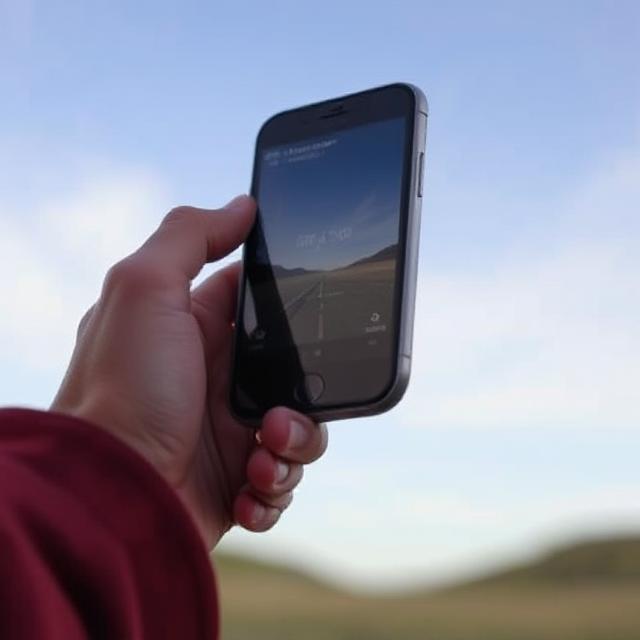Why Danny Boyle Shot ‘28 Years Later’ on iPhones
Danny Boyle’s bold move to shoot parts of 28 Years Later on iPhone rig sets has caught attention. But it’s more than a gimmick—it serves storytelling, style, and practicality. Let’s break down why this choice matters.
Balancing Nostalgia & Innovation
Boyle revisits the lo-fi aesthetic of the original 28 Days Later, which used consumer camcorders in 2002. Now, iPhones mirror that modern equivalent. They deliver a raw, documentary feel that matches the film’s apocalyptic world wired.com
Moreover, iPhones align with the “meta idea”: in today’s world, apocalypse footage would come from phones, not bulky cameras cultofmac.com
The Power of the 20-iPhone ‘Bullet‑Time’ Rig
Boyle built custom rigs holding 8, 10, or 20 iPhones to capture intense moments. The 20-phone setup offers 180° coverage, letting editors choose angles or create slow-motion effects—“a poor man’s bullet time” people.com
This rig enhances the impact of violent scenes, immersing viewers directly into the action wired.com
Agility in Remote Locations
Lightweight iPhones allowed flexible shooting across remote, protected locations in England and Scotland. The handheld rigs enabled quick moves without large crews or heavy gear businessinsider.com
This agility preserved the film’s natural and haunting landscapes.
Ultra-Wide Cinematic Look
Despite using phones, Boyle preserved a cinematic scope by shooting in ultra-wide 2.76:1 aspect ratio—akin to IMAX. Combined with dynamic iPhone rigs, this creates suspense across the wide frames libertylensnetwork.com
Technical & Budget Advantages
The iPhone 15 Pro Max shoots in 4K/60fps with ProRes and supports professional lenses and cages. It’s a cost-effective yet high-quality tool people.com
This setup delivered big-budget visual quality on a $75 million production—for less—without compromising storytelling macrumors.com
Immersive Violence & Viewer Presence
Boyle wanted to pull the audience into the chaos. With the iPhone rigs, viewers don’t just watch—they feel inside the violent scenes, adding visceral impact to horror businessinsider.com
🎬 Final Take
Danny Boyle’s iPhone filming isn’t a tech stunt. It’s a creative tool. It:
- Honors digital legacy (camcorder → phone)
- Boosts immersion in horror scenes
- Offers flexibility for remote, fast-paced shoots
- Delivers cinematic visuals on a modern device
In short, 28 Years Later could redefine how blockbusters can blend smartphone tech with cinematic ambition.

Embracing Accessibility and Realism
Boyle’s move highlights the increasing accessibility and quality of smartphone cameras. Modern iPhones boast impressive video capabilities, allowing filmmakers to capture high-resolution footage without the need for expensive equipment. This approach democratizes filmmaking, enabling more creators to bring their visions to life.
Shooting on iPhones also lends a raw, authentic feel to the film. The handheld nature and familiar aesthetic of smartphone footage can enhance the sense of immediacy and realism, drawing viewers deeper into the story. Using iPhones offers a unique visual style that distinguishes ‘28 Years Later’ from other films in the genre.
Creative and Practical Advantages
Beyond aesthetics, using iPhones provides several practical advantages:
- Cost-Effectiveness: iPhones significantly reduce equipment costs, freeing up budget for other aspects of production.
- Agility and Flexibility: The compact size of iPhones allows for greater maneuverability and shooting in tight spaces.
- Stealth and Spontaneity: iPhones enable filmmakers to capture candid moments and shoot in locations where traditional cameras might attract unwanted attention.
Director’s Vision and Innovation
Danny Boyle is known for pushing boundaries and experimenting with new technologies. His decision to use iPhones in ‘28 Years Later’ reflects his commitment to innovation and his willingness to embrace unconventional filmmaking techniques. This approach aligns with his history of groundbreaking work in films like “Slumdog Millionaire”.
The Future of Filmmaking
Boyle’s experiment could inspire other filmmakers to explore the potential of smartphone cameras. As technology continues to advance, we may see more films incorporating iPhone footage, blurring the lines between professional and amateur filmmaking. This shift could lead to new creative possibilities and a more diverse range of voices in cinema.


Leave a Reply